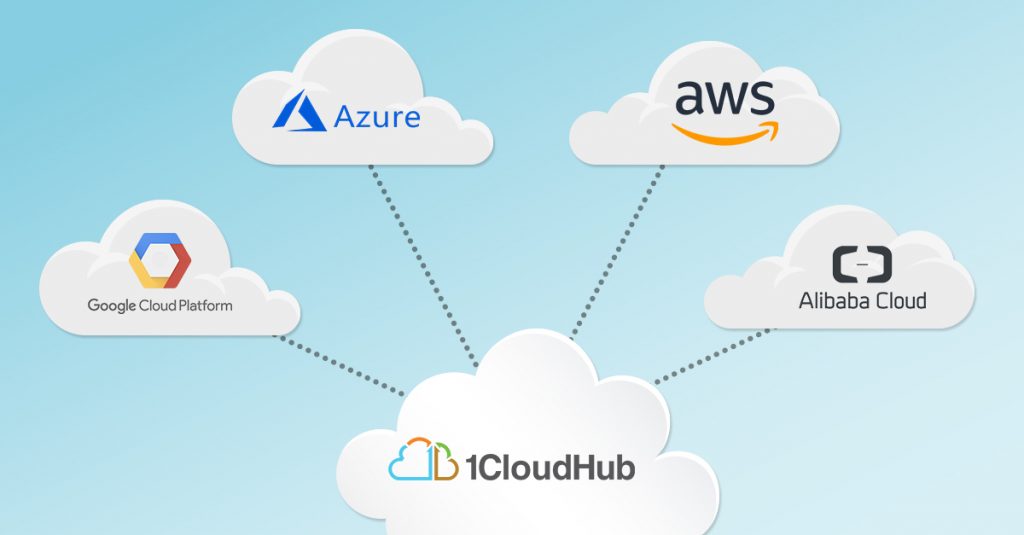In the last blog post, we talked about the four stages of any enterprise’s cloud adoption journey. We also mentioned that stage 4: the multi-cloud stage is the ideal state for any enterprise. In this blog post, we’ll explore multi-cloud in greater detail.
When we talk to CIOs about moving to the cloud, we hear roughly the same set of questions:
— What if my vendor doesn’t have all the capabilities I need, or I find that they’re not a good fit for me, but I’m now locked in?
— If I don’t own the infrastructure, that gives me no control over security. Can I really be sure that my data is safe?
— How can I save costs? Do I have any negotiating power?
We’re glad you asked! Let’s talk about these.

